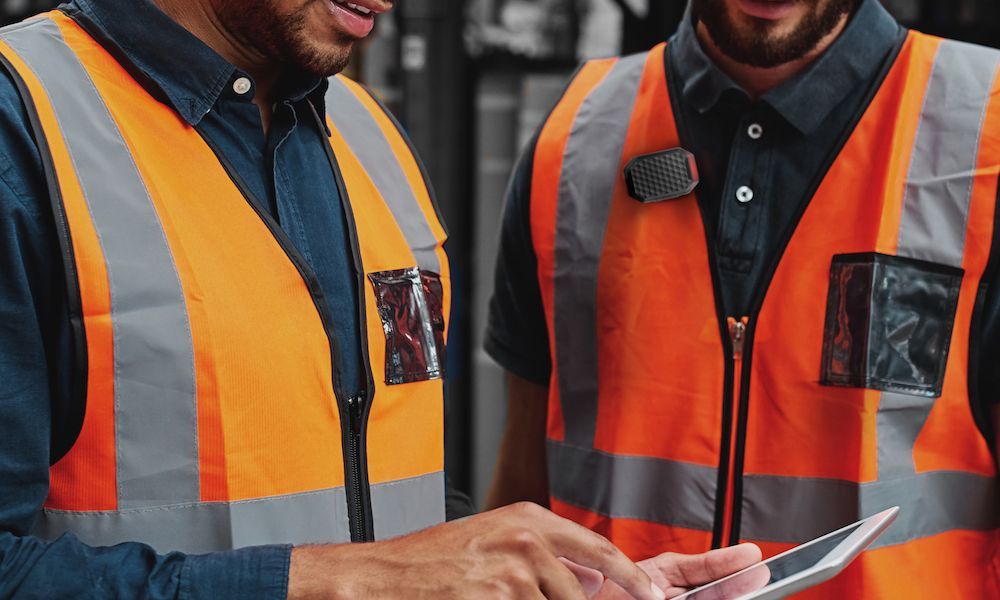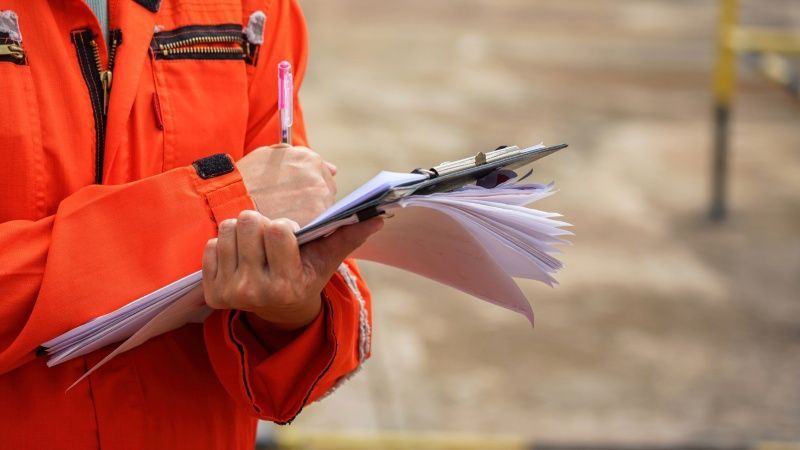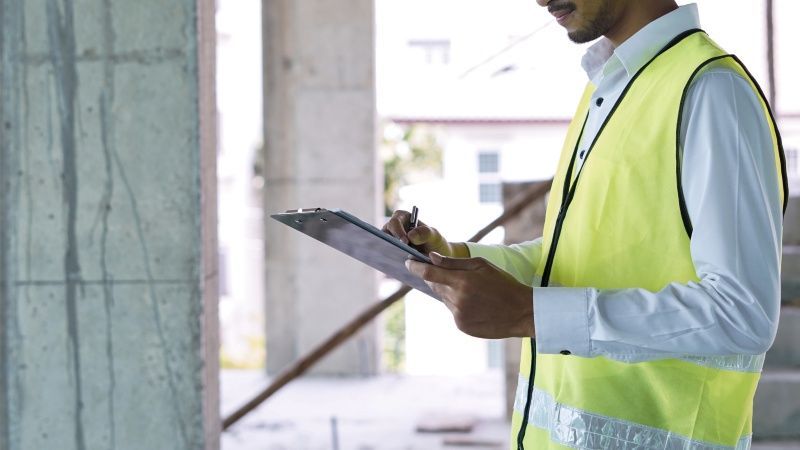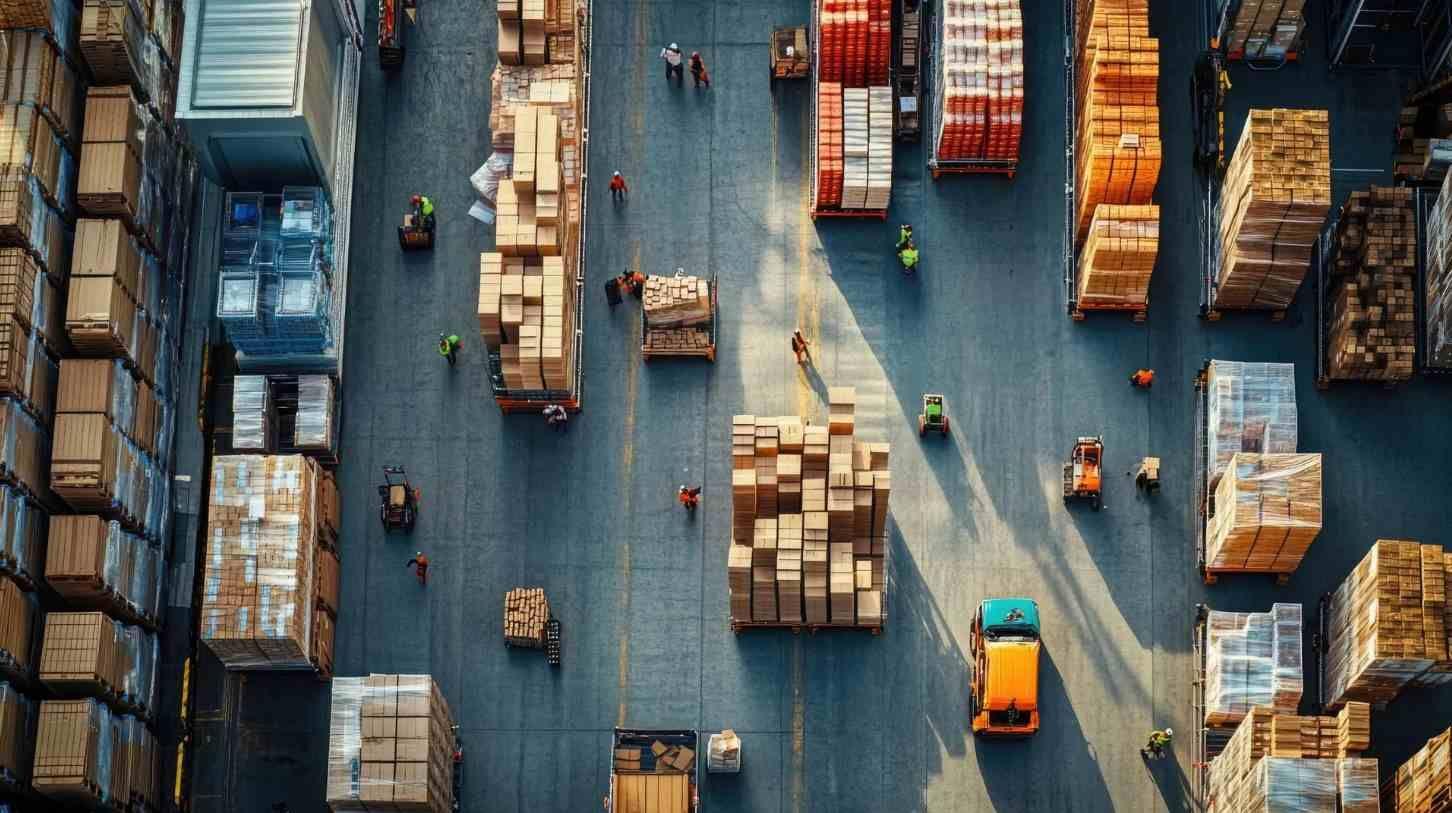Wearables control some WHS risks, create others
Wearables control some WHS risks, create others

This article has been reproduced with permission from OHS Alert, and the original version appears at www.ohsalert.com.au.
Digital monitoring systems are playing an increasing role in preventing workplace injuries and minimising the consequences of incidents and emergencies, but they can create new risks, including by "blurring" safety responsibilities, a new policy brief out of Europe has warned.
"Employers may become increasingly reliant on [these systems] at the expense of other OSH measures," the European Agency for Safety and Health at Work (EU-OSHA) says in Smart digital monitoring systems for occupational safety and health: opportunities and challenges.
Data gathered through digital technologies can "create a false sense of safety at work", and lead to duty holders failing to carry out adequate risk assessments or implement necessary corrective measures, it says.
Meanwhile, the use of wearable monitoring systems, like devices that track workers' sleeping patterns, can blur the boundaries between private and work life, particularly where data is recorded around the clock, EU-OSHA says.
Where workers are found to be sleep deprived, connected workplace wellbeing programs are likely to "point to individual measures that can be taken" (such as drinking less coffee or going to bed earlier) when occupational controls are required instead, it notes.
On a more positive note, the policy brief highlights a wide range of examples of how digital monitoring systems can "support harm prevention through the collection of accurate and comprehensive data".
"OSH monitoring systems are increasingly using digital technologies (information and communications technology, cameras, wearables, smart personal protective equipment, artificial intelligence, etc) to collect and analyse data on OSH," it says.
"[They] offer a vast range of opportunities for substantive OSH improvements, including: enhancing workers' safety, and health awareness; improving task and shift allocation; preventing and reducing accidents; increasing wellbeing; tailoring solutions to specific needs; decreasing occupational stress or injuries; [and] minimising consequences of accidents."
In the transport, mining and construction sectors, for example, wearable technologies are already being used to detect early signs of physical and mental fatigue, stress, drowsiness, poor reaction times and impaired decision-making, EU-OSHA says.
Other devices: instruct workers to cease certain activities, like dynamic lifting, when a prescribed threshold has been reached; help workers maintain correct postures; detect harmful levels of hazardous substances; alert workers when they enter hazardous areas; and automatically activate emergency stop buttons on nearby equipment or plant where required, it says.
Where incidents do occur, digital monitoring systems can minimise their consequences "by enabling quick interventions and the reporting and investigation of accidents".
"These systems may minimise harm by signalling an emergency and sending accurate location data, suggesting to workers how they should behave in a dangerous situation.
"They also help to investigate accidents quickly, safely, and effectively, and enable the reporting of accidents efficiently and with less stigma."
Monitoring systems based on GPS tracking allow workers – like stranded truck drivers, firefighters performing hazardous rescue work, and trapped or fallen mining or construction personnel – to be "located quickly and accurately and brought to safety".
The policy brief includes seven "takeaway" lessons, which include the need to consult worker representatives and workplace health and safety professionals when adopting safety monitoring systems and determining how they will be used.
EU-OSHA has also released two other new policy briefs on the issue:
- Smart digital monitoring systems for occupational safety and health: types, roles and objectives; and
- Smart digital monitoring systems for occupational safety and health: optimising the uptake.







